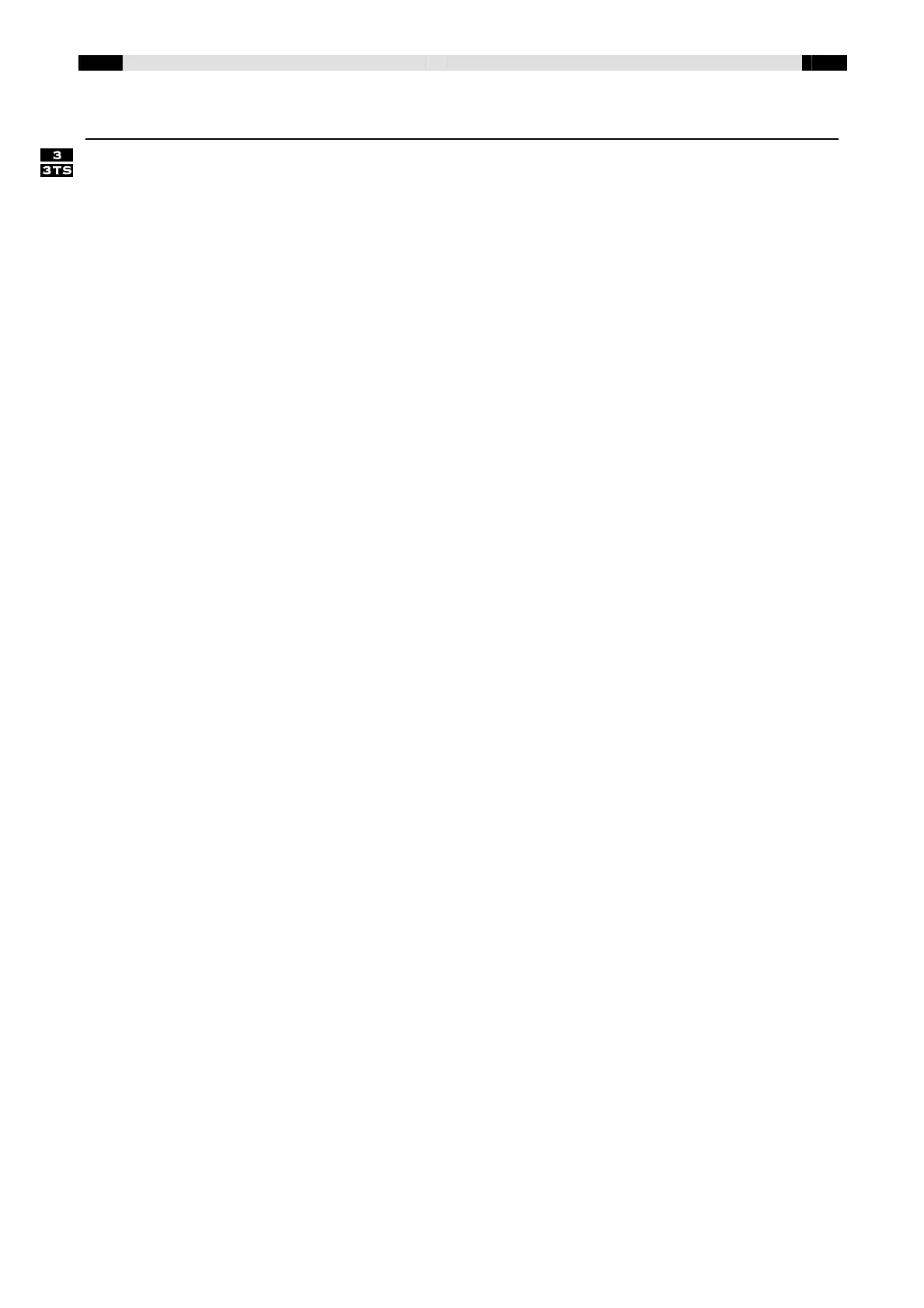Dateq SPL-2TS handleiding
Handleiding
Je bekijkt pagina 31 van 54

EN
SPL2(TS) and SPL3(TS) user manual Operation
15
Frequently asked questions
When installing a limiter based on a measuring microphone, a few problems can rise, which not
everyone will realise in advance. To give a better insight in the operation of the limiter, the most
frequently asked questions and their answers are mentioned below:
If the crowd makes too much noise (singing along with the music), the SPL3/3TS reduces the
output level. How do I prevent this problem?
Especially in relatively small rooms, where the maximum allowed sound level is relatively low, the
crowd is often capable of drowning the music. Of course this will be detected by the measuring
microphone, and the limiter can only do one thing: reducing the music level, which is totally
comprehensable, but rather undesired. This problem can be prevented by mounting the
microphone at a location where the balance between crowd and music tends to tip the scale
in favour of music (closer to the speakers). Another possibility is not using the measuring
microphone. Realise that after relocating or switching off the measuring microphone, the limiter
needs to be recalibrated.
I only use the SPL3/3TS for live music. What to do with the threshold trimmer?
The threshold trimmer has no function in live-mode. The setting of the threshold is only important
in the case the microphone is not used. In that case the limiter is monitoring the input signal in order
to calculate the nessecary attenuation. When using the microphone, only the measured microphone-
sound-level is important.
Even with the SOUND LEVEL trimmer turned fully clockwise, the maximum sound level is too
low. What to do now?
It is likely that the maximum sound level is far higher than what will be allowed by the authorities. The
SPL3/3TS is designed to handle sound levels from as low as 80 dBA to nearly 120 dBA. If for one
reason or another, more sound level is desired, increase the distance between microphone and
speakers. This way the limiter will detect a lower sound level, so the limiter will apply less reduction.
With a live band, some instruments and the vocals are going via the main PA-system, through
the SPL3/3TS. The other instruments are protected with the switched sanction output of the
limiter. When the maximum level is exceeded, all sources via the main PA-system will be
attenuated, while all "self support" instruments remain at the original level, so the whole
balance of the mix is gone.
This is right. The SPL3 and SPL3TS are not suitable to be used in music mode and live mode at the
same time. When the maximum level is exceeded, there is only one sensible thing to do for the
limiter: reducing the output level, which will disturb the balance of the mix if some instruments are not
controlled by the VCA's of the limiter. Use the limiter only in live mode in such cases.
Bekijk gratis de handleiding van Dateq SPL-2TS, stel vragen en lees de antwoorden op veelvoorkomende problemen, of gebruik onze assistent om sneller informatie in de handleiding te vinden of uitleg te krijgen over specifieke functies.
Productinformatie
| Merk | Dateq |
| Model | SPL-2TS |
| Categorie | Niet gecategoriseerd |
| Taal | Nederlands |
| Grootte | 8088 MB |
